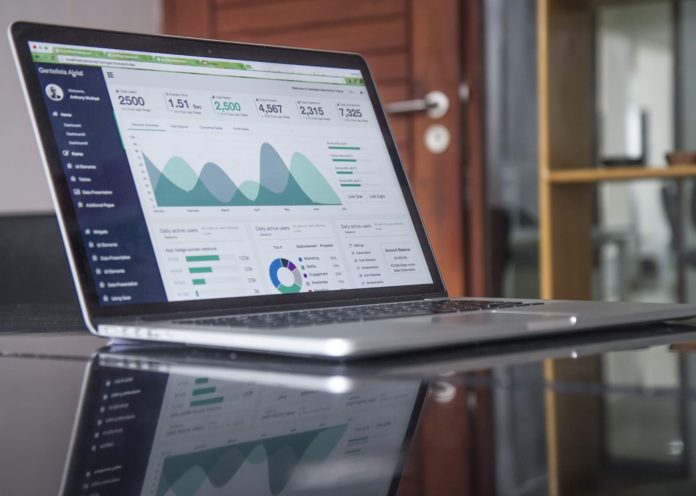Just like the consumer product space, the business-to-business (B2B) market is at the mercy of supply and demand. The higher the demand, the easier it will be to find new clients, generate sales revenue, and hit your growth goals.
That said, you must proactively optimize that demand through targeted marketing strategies, and that’s where B2B demand generation comes into play. Join us as we explore how to create a B2B demand generation strategy that drives your business forward.
What Is Demand Generation?
Demand generation is an education-focused, long-term marketing strategy that prioritizes connecting and engaging with prospects outside of your normal market. These may include businesses that operate in a different region or entities that differ from your “ideal” audience.
The primary goal of B2B demand generation is two-fold: educating your audience and generating intrigue about your products or services. You want to keep your company at the forefront so that audience members immediately consider your products whenever the need arises.
Lead Gen vs. Demand Gen
Lead generation is all about capturing prospect contact details so that you can nurture them and follow up later. Unfortunately, heavy-handed lead-generation strategies sometimes push audiences into sales automation workflows before they are ready.
Consider the last time you provided your email address to a brand based on mild interest in a product. Shortly thereafter, you likely found yourself on the receiving end of a never-ending email drip campaign, which ultimately pushed you to unsubscribe.
Let’s not misconstrue things: Lead generation is a valuable and effective part of brand building. It’s just that you can’t capture leads too early. Demand generation fills the gap.
Demand generation campaigns are all about delivering quality content and educating your audience. There is no expectation that they will provide content information or otherwise take the next steps in their brand journey.
The effectiveness of demand-generation campaigns is measured by engagement. You should focus on metrics like clicks, impressions, traffic, average time on page, and branded search volume growth.
How to Build a B2B Demand Generation Strategy
As you set out to build an impactful B2B demand generation strategy, you’ll need to do the following:
Set Goals and Define Your Audience
First and foremost, you must have clear, measurable goals in place. Remember, demand generation is a long game, so set your goals accordingly. Focus on metrics that indicate improving awareness and engagement, such as average time on page, traffic volume, and impressions.
From there, you’ll need to define your target audience. Once you know who you want to reach and why, you can shift your attention to the “how” of demand generation.
Create Great Content
For B2B brands, that “how” involves producing engaging, high-quality content, such as:
- White papers
- Case studies
- Blogs
- Product demonstration videos
- Webinars
White papers and case studies, in particular, show off your product’s viability in an educational, non-pushy way. Blogs and product demonstration videos help audiences understand what your product or service does and how it adds value.
Go Multi-Channel
Demand generation is designed to connect you with out-of-market prospects. That means branching out from your usual communication channels and diversifying your marketing mix. Adding a few complementary mediums to your strategy, such as third-party website posts or social media content, can significantly increase your reach and get your content in front of new audiences.
Get Personal
Truly engaging your audience means personalization and segmentation are critical. Tailoring your content and communications to meet the specific interests and needs of different segments within your target audience can significantly increase the effectiveness of your demand-generation efforts.
Advanced customer relationship management (CRM) and marketing tools can help segment your audience based on various criteria, such as industries, job roles, and behaviors. The better segmented your audience, the more targeted and meaningful the interactions will be.
Measure and Optimize
Once your campaign is underway, you’ll need to closely monitor relevant key performance indicators (KPIs) to understand the effectiveness of your B2B demand generation strategy.
Make sure to look not only at content-specific KPIs but at big-picture metrics as well. When content or tactics perform well, build on that momentum. Regularly reviewing and analyzing these metrics provides insights that can help you refine and optimize your strategies over time, ensuring that your demand generation efforts continue to evolve and align with changing market conditions.
Generate Demand and Grow
By focusing on building relationships and providing value to your potential customers, you can create a sustainable pipeline of demand that drives long-term business growth. Just remember, demand generation is a marathon, not a sprint. Success comes from continuous optimization and adaptation to your audience’s needs and market trends.



